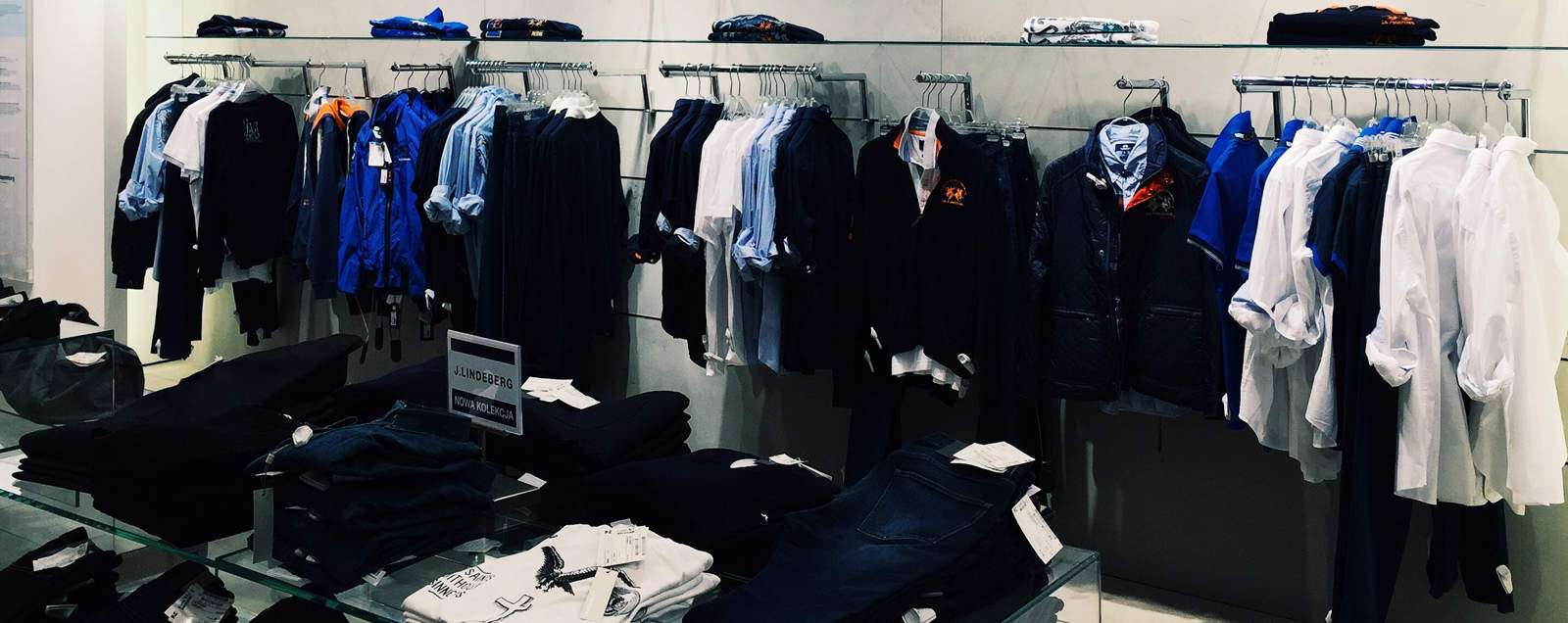A leading retail enterprise needed a smarter, more connected infrastructure to manage 15,000+ daily product shipments across 160+ stores. Their outdated systems created logistical challenges that slowed operations and impacted customer experiences.
Stridely Solutions implemented an IoT framework powered by Microsoft Azure, transforming inventory tracking, CRM, mobile engagement, and security. Key upgrades included real-time location tracking, IoT-driven insights, and seamless CRM integration, enabling automated checkouts and data-driven marketing.
The results? 35% sales growth, 50% faster warehouse operations, and a 40% scalability boost. With AI-driven enhancements on the horizon, the client is now leading the way in smart retail innovation.


